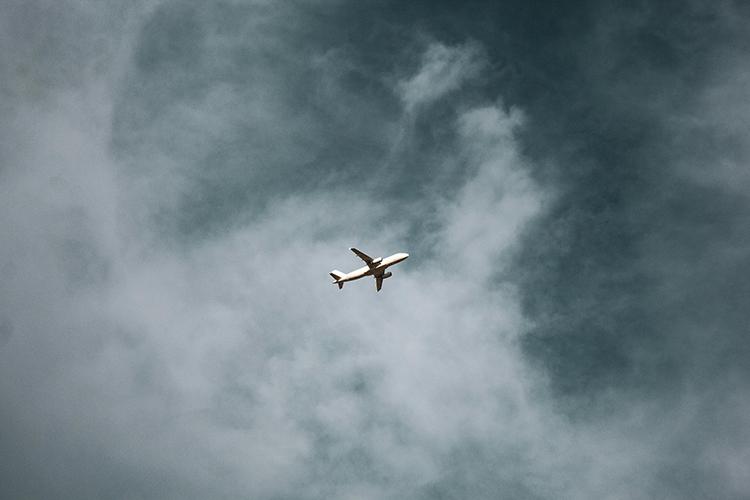2025-01-09
indicators

Air traffic over the Czech Republic grew to 711,216 flights in 2024, marking a 14% year-on-year increase but still reaching only 78% of pre-COVID-19 levels from 2019. This recovery lags behind the European average, where flight numbers have already returned to pre-pandemic figures. The slower growth is attributed to ongoing geopolitical tensions, including the war in Ukraine and instability in the Middle East, which have shifted air traffic toward southern routes, according to the state-owned company Air Traffic Control of the Czech Republic (ŘLP ČR). The average daily number of flights in Czech airspace last year was 1,948. The busiest month was July, with nearly 76,000 flights recorded. Low-cost carrier Ryanair remained the largest user of Czech airspace for the second consecutive year. Despite the challenges of the peak summer season, the Czech Republic’s air traffic control managed to maintain prescribed delay values. “During the demanding summer season, we ensured the prescribed delay thresholds, contributing to mitigating the capacity shortages within the pan-European air traffic control system,” said Jan Klas, CEO of Air Traffic Control of the Czech Republic. Delays in European airspace during the summer season, sometimes lasting tens of minutes, were primarily caused by bottlenecks in Turkish airspace and affected many airports across Europe. Czech Airlines Smartwings attributed these delays to the broader European air traffic control system. Prague Airport handled 15.01 million passengers from January to November 2024, an 18% increase compared to the same period in 2023 when 13.8 million passengers passed through the airport for the entire year. The airport expects to finish 2024 with approximately 16.2 million passengers, still below the 17.8 million handled in 2019 before the pandemic. Although passenger numbers and flight movements are gradually recovering, they remain below pre-pandemic levels, reflecting the broader challenges faced by the aviation sector as it adapts to changing travel patterns and geopolitical pressures. Source: CTK

